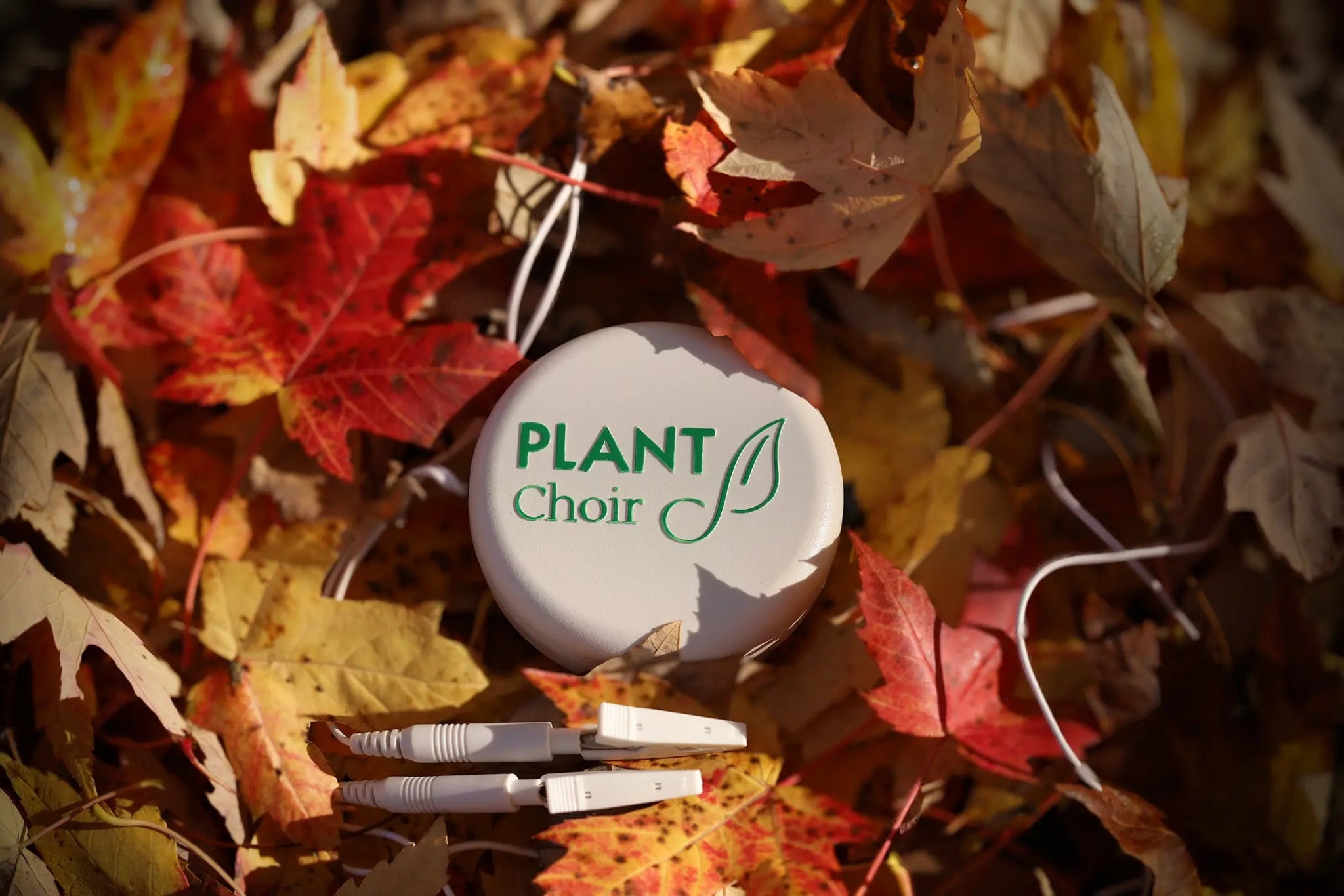Understanding PLANTChoir’s Functionality
PLANTChoir is a compact, Bluetooth-enabled device that detects the bioelectrical activity of plants. By attaching electrodes to a plant’s leaves, the device captures variations in electrical resistance, which are then converted into musical notes via a mobile app. Users can select from over 40 instruments and various musical scales to customize the auditory experience .YouTube+2YouTube+2PlantChoir+2PlantChoir+3PlantChoir+3PlantChoir+3
Translating Musical Notes to Alphabet Letters
To assign alphabet letters to the musical outputs of PLANTChoir, we can establish a mapping system between musical notes and letters. Here’s a basic framework:PlantChoir+3X (formerly Twitter)+3YouTube+3
- Musical Notes to Letters: Assign each musical note to a corresponding letter. For example:
- C = A
- D = B
- E = C
- F = D
- G = E
- A = F
- B = G
This mapping can be extended to cover all 26 letters by incorporating sharps, flats, and octaves.
Implementing the Translation
- Data Collection: Use PLANTChoir to record the musical output of a plant over a set period.TikTok+8PlantChoir+8YouTube+8
- Note Identification: Analyze the recording to identify the sequence of musical notes produced.
- Letter Mapping: Apply the established note-to-letter mapping to translate the sequence into letters.
- Pattern Analysis: Examine the resulting letter sequences for patterns or repetitions that may suggest meaningful communication.Studocu
Exploring the Implications
While this method doesn’t provide a direct translation of plant “language,” it offers a novel way to interpret plant bioelectrical activity. By observing changes in the letter sequences in response to environmental stimuli—such as light, touch, or temperature—we may gain insights into how plants perceive and react to their surroundings.
Conclusion
Assigning alphabet letters to PLANTChoir’s musical outputs is an imaginative approach to exploring plant communication. While it may not decode a literal language, it fosters a deeper appreciation for the complex and dynamic ways plants interact with their environment. This method encourages further exploration into the subtle signals of the plant kingdom, bridging the gap between human perception and botanical processes.YouTube+5PlantChoir+5PlantChoir+5
Note: This approach is speculative and intended for exploratory and educational purposes. Further scientific research is necessary to substantiate any claims regarding plant communication.


Leave a Reply